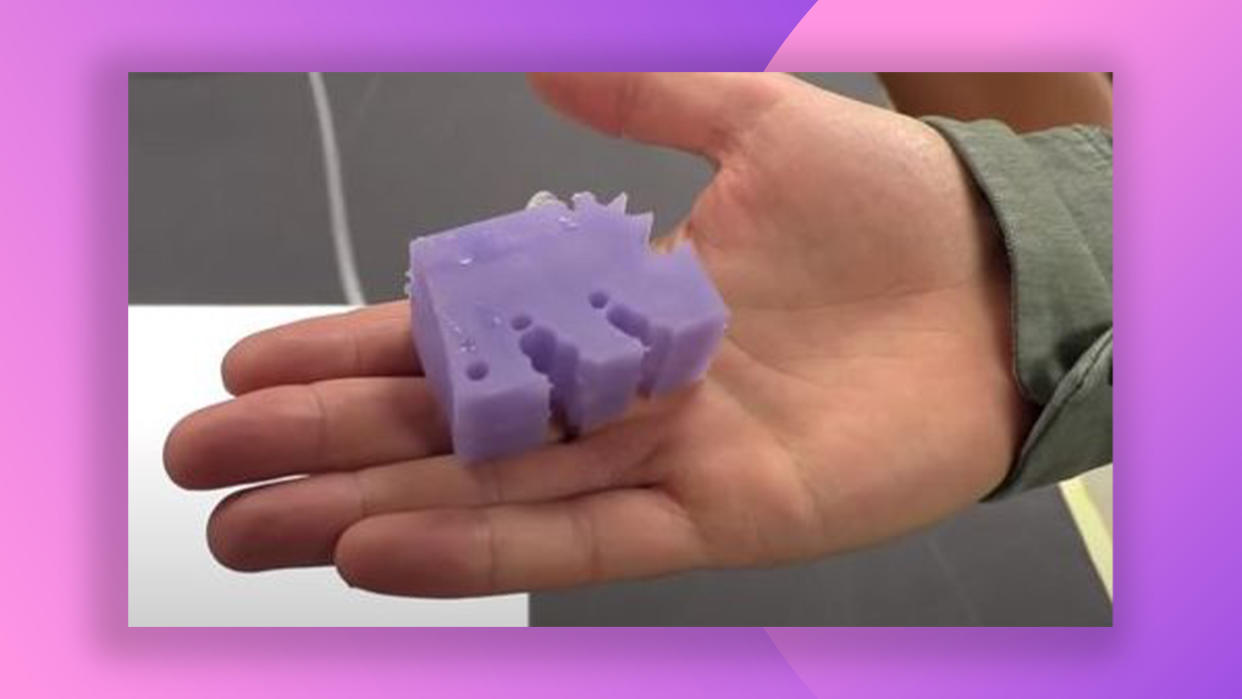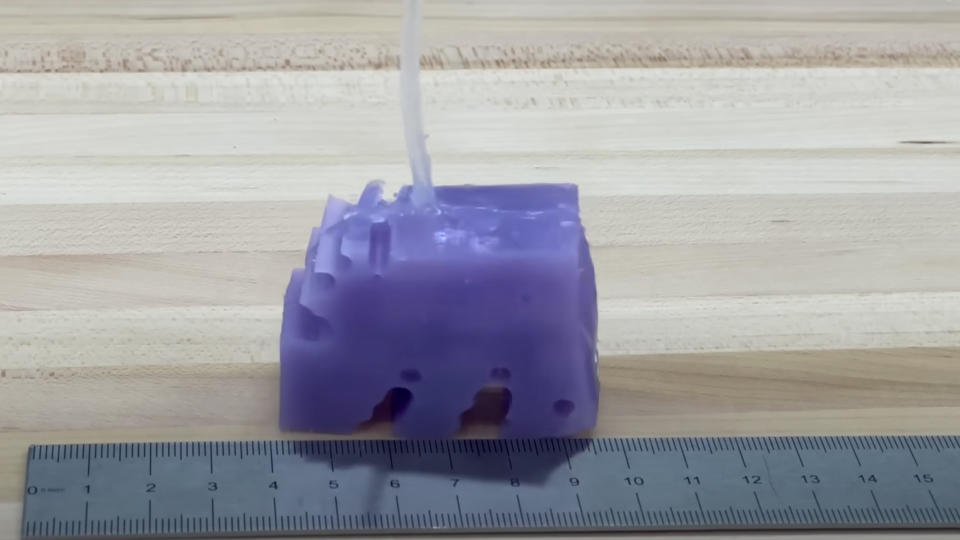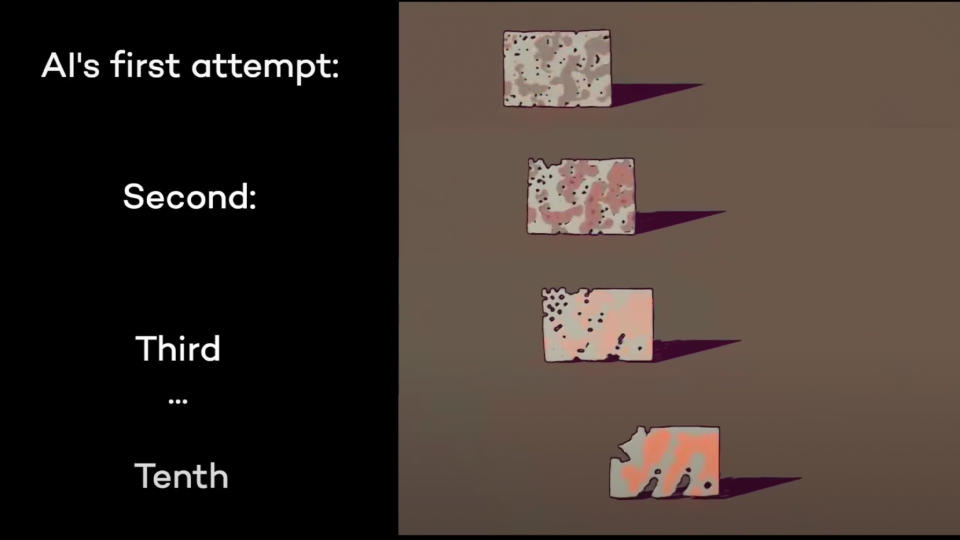AI creates walking robot in 26 seconds

Scientists at Northwestern University recently put AI technology to the test, prompting an advanced design algorithm to produce a walking robot. The project aims to showcase the AI's 'instant evolution' capabilities, designing a functional robot in a matter of seconds.
While the project itself was astoundingly successful, the design of the 'robot' wasn't the most futuristic, but rather a strange creature that was perhaps more 'used sponge' than Cyberman. (AI isn't just for scientists. Check out our guide to the best AI productivity tools).

The gelatinous purple 'robot' was made using 3D-printed moulds created by the algorithm. It features a number of internal 'muscles' that inflate when filled with air, propelling the model forward with slow but definite motion. It's a surprisingly organic-looking shape for something created by an AI, taking on a rough rectangular form with various grooves, to make what can loosely be described as legs.
In a blog post, the robot was described by its lead creator, Sam Kreigman, as something "that looks nothing like any animal that has ever walked the earth," and quite frankly I agree. The design of the strange creature, alongside its odd caterpillar-esque crawling movements, looks like something out of a horror movie – but the bizarre creation is actually a momentous breakthrough in algorithmic AI technology.
It took only 10 attempts for the AI to design the robot, working from the simple prompt: "Design a robot that can walk." After changing, adding and evolving various body parts, the final attempt took only 26 seconds to formulate a functional design – an outstanding evolution from its initial rectangular form.
There are certain design additions that even the scientists are perplexed by, like the seemingly random addition of various holes – presumably to remove weight from the robot for maximum efficiency and flexibility. However, Kreigman sees these design quirks as a great advantage, stating that "AI can create new possibilities and new paths forward that humans have never even considered," bypassing the human instinct to shape designs around familiar objects.

In a video showcasing the robot, Kreigman shared: "When people look at this robot, they might see a useless gadget. I see the birth of a brand-new organism.” While he admits the design is somewhat awkward, he's excited about the possibilities that the algorithm could unlock – from practical robots for unclogging sewer systems to nanorobots for delicate microsurgeries.
It feels as if AI can do it all nowadays, but that shouldn't leave you feeling like a spare part. Take a look at the far-reaching impact of AI’s creativity, and see how AI is enhancing human creativity, not replacing it.

